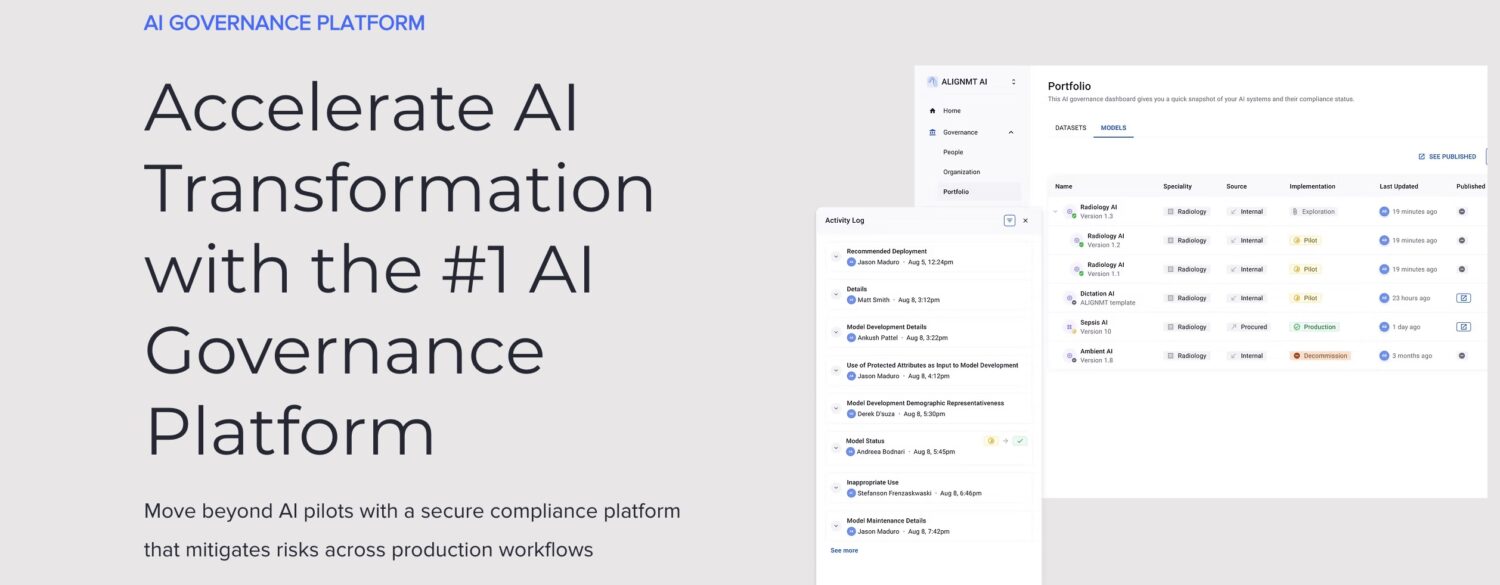 Dr. Peter Schoch, MD, Chief Health Officer at Kno2
Dr. Peter Schoch, MD, Chief Health Officer at Kno2
Clinical information isn’t moving where it needs to go.
Despite decades of investment in health IT, the industry is still grappling with basic data exchange. As recently as 2023, 47.4% of small hospitals and 42.8% of rural hospitals still relied on mail or fax as their primary method of exchanging patient information. Even among medium and large hospitals, nearly one third still rely on these methods.
These manual processes take more time, introduce more risk, and delay care—yet they remain the backbone of provider communication.
And while these cracks in the foundation widen, federal agencies are asking for input on advanced applications like artificial intelligence, predictive analytics, and real-time decision support.
While innovative applications and sophisticated analytics capture attention, the reality is that basic provider-to-provider health information exchange and patient data access remain fundamentally broken at scale across the United States. It’s like focusing on self-actualization while ignoring food, water, and shelter. Without a stable foundation, nothing else holds. Until we solve the core issue of seamless clinical information sharing across national frameworks, digital health investments will continue to deliver limited returns and will only reinforce the fragmented care that drives poor outcomes and unsustainable costs.
True progress depends on solving the infrastructure first.
The Real Healthcare Emergency
Interoperable infrastructure in healthcare is not just a technical issue. Clinical information sharing at the point of care between providers is the most transformational catalyst in healthcare today. AI can ease administrative burdens, but it needs reliable information to deliver real value. Disease-specific breakthroughs will help millions over time, but those impacts still pale in comparison to the power of seamless information exchange. It touches every patient, at every visit, every time.
Imagine a patient with diabetes who develops a dental infection. Without access to their blood sugar records, the dentist prescribes antibiotics that cause their blood sugar to spike, sending them to the emergency room with a crisis that could have been prevented. Or think of someone seeing a psychiatrist who adds a new antidepressant, unaware that the patient is already on a blood thinner. That oversight leads to dangerous bleeding, all because vital information didn’t follow the patient.
Consider another person with diabetes whose endocrinologist adjusts their insulin, but the patient’s primary care provider doesn’t know about the change. Conflicting medications cause the patient’s blood sugar to drop dangerously low. Or picture a physical therapist who successfully treats a patient’s back pain, only for an orthopedic surgeon to recommend an expensive surgery the patient doesn’t actually need, because they did not have access to the therapy notes.
Situations like these are made worse when patient information is stuck in disconnected systems. A growing portion of Medicare patients see five or more different providers across multiple specialties (30% in 2024). Coordinating their care requires universal connectivity, not a patchwork of portals and logins. Right now, patients often have to log into several different systems just to piece together fragments of their own health information, and still they end up missing critical details like mental health notes, dental history, or vision care records.
When a patient’s health record is incomplete, providers are forced to make decisions without all the facts. They can’t safely prescribe new medications without knowing what others have already prescribed. Clinicians cannot properly plan a procedure without understanding the full clinical picture, including behavioral health or dental issues that could complicate recovery. And they can’t effectively advocate for patients with insurers without a complete history of the treatments and medications already attempted.
The technology side of healthcare wants to race ahead with new technologies like AI and complex data standards, but the foundation remains broken. More than 22 million healthcare workers at over 350,000 facilities cannot reliably share even the most basic patient information. We would never build advanced smartphone apps before making sure everyone can make a simple phone call. Healthcare should follow the same logic. Until basic connectivity works for all, every other effort is just rearranging furniture on a sinking ship.
Solving the foundational need of universal participation for every healthcare provider is the ONLY way to move U.S. healthcare forward and solve the more advanced digital health opportunities.
The Case for Universal Connectivity
The future of healthcare depends on establishing universal, reliable connectivity across all providers and care settings. Without this foundational infrastructure, efforts to improve financing, workforce efficiency, and patient safety will continue to fall short.
There are three critical pillars to build this foundation.
First, mandatory, fully funded participation in TEFCA is essential. TEFCA offers a nationwide on-ramp for health information exchange, but success requires clear technical standards, removal of financial barriers, and enforceable timelines. This is critical for rural and under-resourced providers facing significant interoperability challenges.
Second, the Blue Button 2.0 initiative must expand beyond claims data to include provider visit notes, diagnostic images, care plans, and real-time clinical updates. Comprehensive patient access enables health management tools and personalized services to function effectively.
Third, standardized, technology-agnostic APIs that allow patients to securely authorize trusted applications to access their full health records are crucial. Utilizing HL7 FHIR and OAuth 2.0 standards, these APIs reduce friction from siloed systems and accelerate adoption of consumer-facing digital health technologies.
Policies must ensure inclusion of all providers, not just large systems, with financial incentives and technical support for smaller, under-resourced providers.
This is not just a safety issue. The Center for Information Technology Leadership estimates that standardized healthcare information exchange among healthcare systems could save as much as $86.8 billion each year, while interoperability can reduce healthcare costs by an estimated $30 billion. Even with implementation costs, the system would break even within 8 to 18 months and generate $60 to $110 billion in net savings over five years, representing an annual ROI of 150-300%.
A phased rollout is widely supported:
In 2025–2026, leverage Medicare Advantage, ACOs, and quality programs to encourage early adoption.In 2026–2027, require connectivity for new Medicare and Medicaid provider enrollments.By 2027–2028, make participation mandatory for all Medicare and Medicaid providers.The Bottom Line
Universal nationwide connectivity has become essential to ensuring patient safety, achieving financial sustainability, and securing the future of healthcare. Advanced tools like AI analytics, personalized care platforms, and value-based care models all depend on this foundation to function effectively. Without reliable, comprehensive data exchange at the provider level, these applications will fall short. The only way forward for healthcare is foundation first—establishing universal connectivity—and applications second—building innovation on a solid, dependable infrastructure.
About Dr. Peter Schoch
Dr. Peter Schoch is the Chief Health Officer at Kno2. As CHO, Dr. Schoch will lead our efforts in advancing interoperability and fostering meaningful connections between healthcare providers.
Dr. Schoch brings a wealth of knowledge and expertise to Kno2, including driving transformational change in care delivery, practice transformation, and home and post-acute-based services for two major health systems and two decades of serving healthcare as a physician in internal medicine.













 Bengali (Bangladesh) ·
Bengali (Bangladesh) ·  English (United States) ·
English (United States) ·